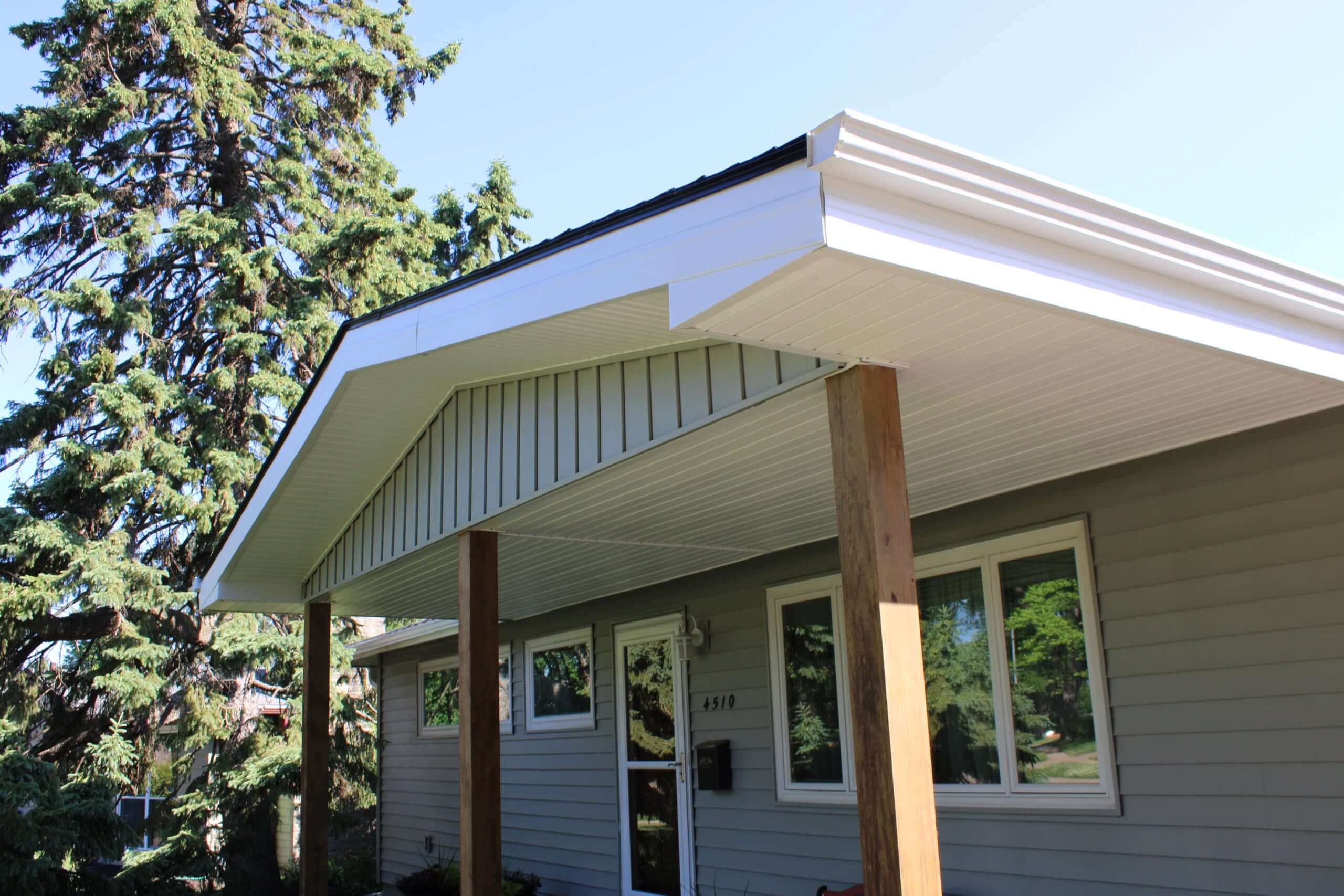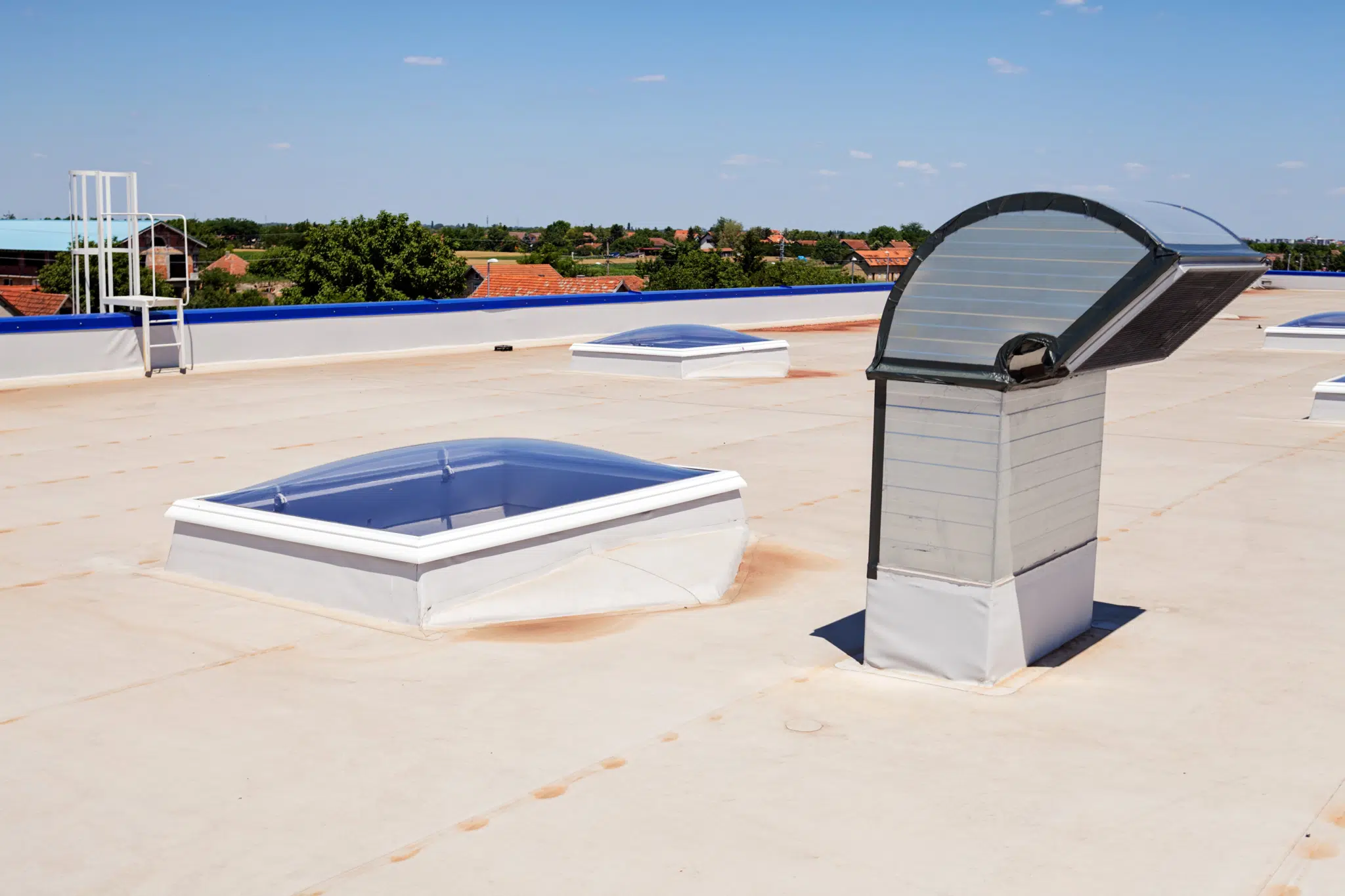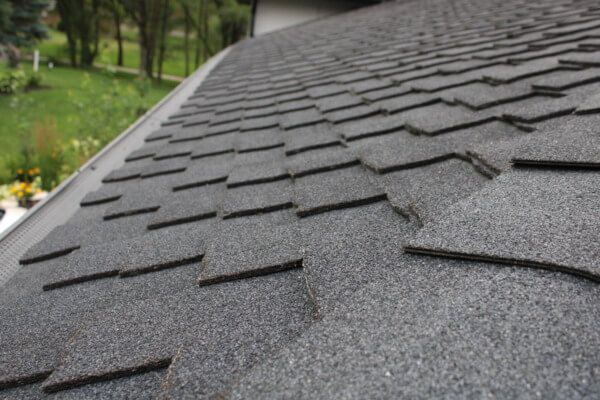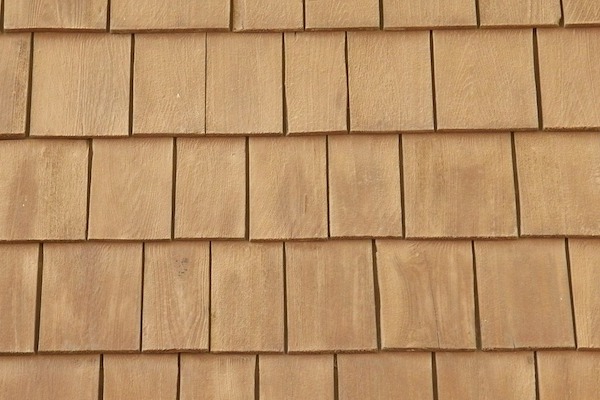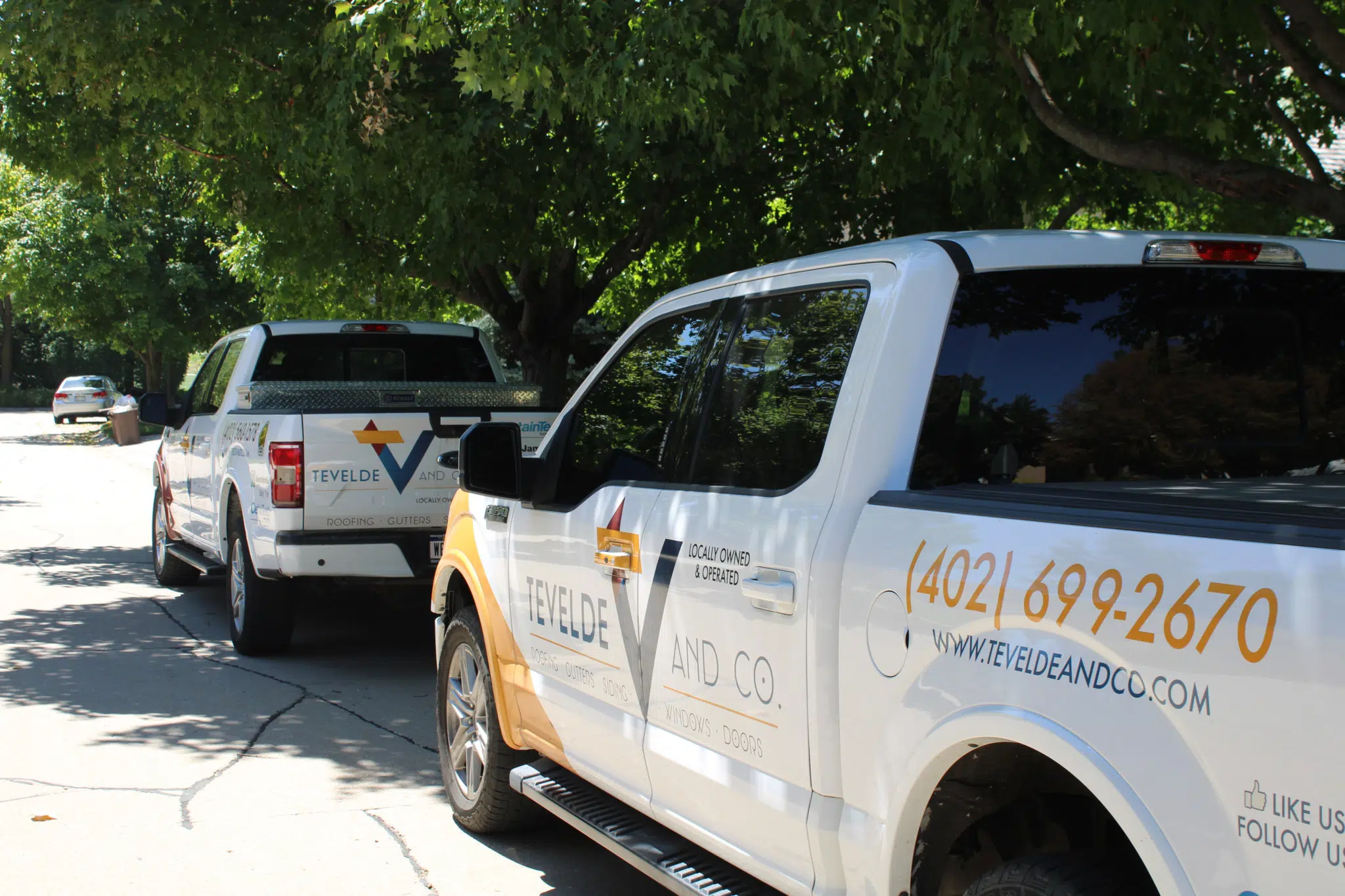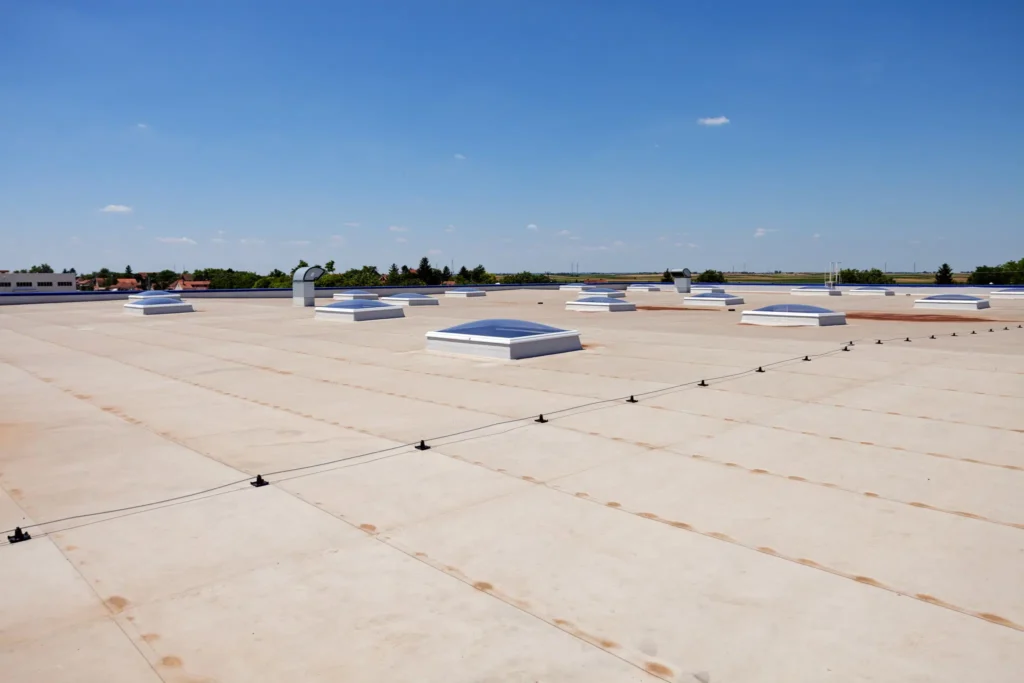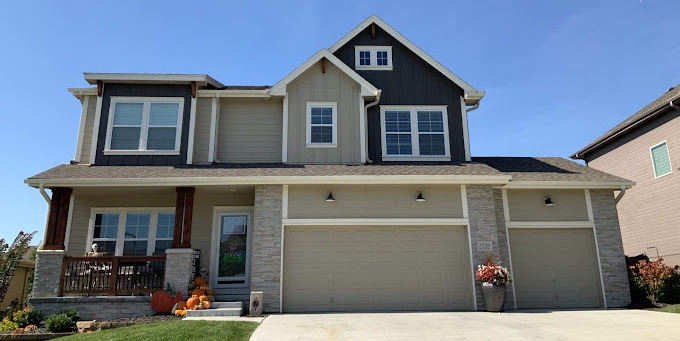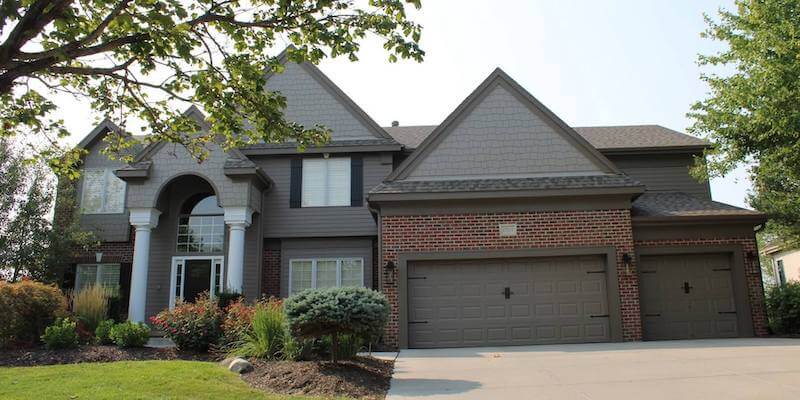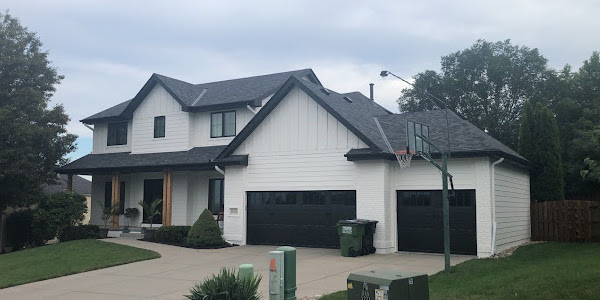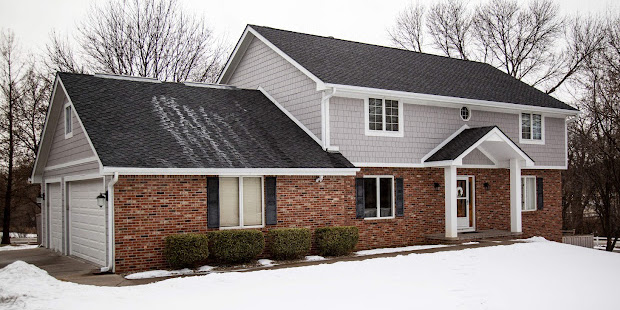Common Types of Residential Roofing Materials
When it comes to residential roofing, the roofing materials you choose can make all the difference. Asphalt roof shingles might be one of the most well-known types of roofing material around, but they’re far from your only option. There are dozens of potential roofing materials and systems to choose from. As a homeowner, your choice will likely be based on a mixture of preferred style, the material’s durability compared to the climate you live in, and cost. On the bright side, thanks to modern designs and improvements, there is rarely a “wrong” choice; the goal instead is to find the best type of roofing material to help you get everything you want from your home! Check out some of the most popular roofing options below.
Asphalt Shingles
Asphalt shingles are by far the most common type of roofing material used in the United States, and for a good reason. New shingles are among the most cost-effective kinds of roofing material per square foot, have proven durability, can be easily repaired or replaced in case of storm damage, and have been known to reliably last 25-50 years or more if properly taken care of! They’re available in a stunning variety of finishes, colors, and textures, so they can be adapted to fit almost any existing roof or completely customized for the finishing touches on your dream home. While not as durable or environmentally efficient as some other roofing materials, asphalt shingles offer unbeatable value and a reliable solution to keep your home warm and dry year after year.
Other Kinds of Shingles (3-Tab, Aluminum, etc.)
There are many subtypes of shingles, both aluminum and asphalt shingles that each offer their own advantages, disadvantages, and unique appearances. Three-tab shingles, for example, are one of the oldest varieties. They’re made with three cut-out “notches” at the bottom, hence the name. Architectural shingles are another type that don’t lie flat like three-tab shingles but instead offer more texture to mimic the appearance of a shake or slate-style roof. Metal shingles are also available, commonly made from aluminum. Ask your roofing contractor about these additional options if you’re considering a shingled roof.
Clay and Concrete Tiles
Tile roofs are one of the oldest roofing styles around, and their influence can be best seen in warmer climates throughout the United States, like Florida or the Southwest. Most commonly found as clay tiles or concrete tiles, this roofing style does an excellent job of reflecting heat and keeping your home cool during the hot summer months. Despite its warm weather advantages, tile roofing is also suitable for cold climates. These tiles are incredibly durable and have an average life expectancy of 50 years, though some have been known to last 75 years and beyond! Tiles are resistant to heat, fire, and storm damage, but their durability comes at a cost; they’re among the most expensive types of roofing material on the market, though it could be argued that their long lifespan and minimal upkeep costs make them well worth the investment.
Offering Unmatched Durability
Tiles, whether they’re made of clay or concrete, have unmatched durability in the residential roofing sector. They can endure high winds, heavy rains, hail, blizzards, and other forms of severe weather with minimal damage, and are built to last for decades longer than typical asphalt shingles. This durability is perfect if you live in an area that frequently deals with severe weather!
Other Popular Types of Residential Roofing
Asphalt shingles and tiled roofs may be some of the most common roofing styles found in the United States, but there are plenty of other popular options for roof materials to choose from. Roofs made from sheet metal, modified bitumen, slate, and wood are all available with a competent roofing contractor. In recent years, solar panels have become more affordable and accessible than ever, making them an additional option worth considering if you’re eco-conscious and want to make a dent in your electric bill. Read on to learn more about these other roofing options!
Metal Roofing
Metal roofing isn’t just for warehouses or sheds; it’s actually one of the most popular roofing styles in the country, behind asphalt shingles and clay tiles. A metal roof, often made up of metal panels or metal shingles, do an excellent job of reflecting sunlight, which helps keep energy costs low throughout the summer. These roofs are also strong, relatively lightweight, nearly fireproof, and recyclable, making them a sustainable option for eco-friendly homes. They’re more durable than asphalt shingles and have been known to last upwards of 50 years if properly maintained. If you’re wondering about appearances, metal roofs can be painted and textured in a nearly limitless set of colors and patterns to fit your ideal vision.
Slate
Slate roofs are less common in the United States; they’re primarily found in the Northeast, and mostly on older homes. While they’re heavier and more expensive than many other roofing material options, they’re nearly indestructible. Many homes throughout New England have slate roofs that have been standing strong for well over 100 years and counting! If extreme durability is what you’re looking for, ask your roofing contractor about the benefits of installing a slate roof for your home.
Cedar and Wood Shingle Roofing
Wood roofing may be old and rustic, but that doesn’t mean it has no place in modern roofing systems. Made from wood shakes, wood shingles, or wood slats, this type of roofing delivers a unique look with undeniable aesthetic value. Wood makes an excellent natural insulator, which can help keep your energy costs low as long as your specialty roof is installed correctly. The downside to this type of roofing is that it’s not quite as durable or long-lasting as the alternatives; in some areas, building codes even prohibit it, so double-check before you commit to this kind of installation!
Solar Panel Roofing Systems
Solar panels are one of the most expensive roofing systems on the market, but many argue that the payoff is well worth it – if you live in a climate that gets enough sunlight to support them. Some solar designs mount on top of an existing roof deck or roof coverings, while others can be built into the foundational roof structure, bringing increased support for larger panels. Cold climates aren’t a deal-breaker for solar, either; what matters is the amount of sunlight your area receives. In fact, some panels are more efficient in the cooler months. If you’re interested in installing solar panels for your home, contact our trusted roofing team today for more information.







